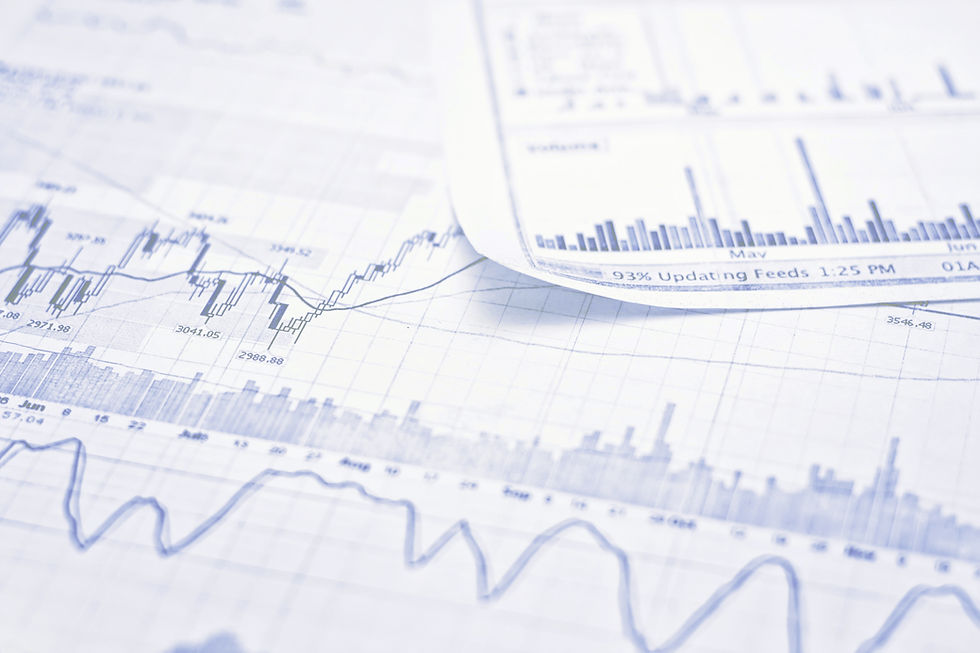Global Airline downturn
- Aviado Partners
- Mar 29, 2019
- 3 min read
Updated: Nov 7, 2020
As we predicted at the end of 2016, the global airline industry was due for a downturn. It was wholly predictable.

As usual, during years of high profitability, airlines continually ad capacity, hoping the bubble won't burst.
In parallel, airlines oder aircraft up to 10-15 years in advance. Aircraft being delivered during the profit decade from 2010 were ordered long before.
But airlines kept ordering more aircraft, in record numbers in 2011, 2013 and 2014 with many deliveries due from 2020 onwards.
This means airlines need access to capital, need pilot retraining, investments in new spares, new processes, etc for new aircraft types, at a time when they are facing a downturn, when cash is scarce. And they are not only replacing old aircraft with new efficient aircraft, they are adding capacity both in terms of aircraft numbers and size. The industry continues with the same dysfunctional cycle - ordering aircraft in good times and taking deliveries of new aircraft during downturns, adding tremendous burden on the business.

With profits falling since 2015 and plummeting in 2018, the industry is heading into strong headwinds. We see the casualties emerging. WOW Air has suspended operations. Avianca Brazil looks weak. And then we have the European leisure carriers - Thomas Cook, Tui, and even the leisure arms of the major carriers - Eurowings and so on. It's an unsustainable situation.
Predictions
Our prediction is that profits will continue to fall in 2019 and 2020 even in the event jet fuel prices lower. Again, the true downturn in top line revenue for the industry is camouflaged under the cost improvements resulting from more B787, A350, A321, B737 and CSeries/A220 deliveries. The efficiency of these aircraft replacing older and less efficient aircraft enhances the profitability of airlines, but on a steady state basis, we must not lose sight that demand is softening. Airlines are maintaining passenger numbers at the expense of yield. Passenger Load Factor remains a terrible and highly old fashioned metric for gauging airline profits.
We predict there will be numerous distressed airlines in 2019 and 2020. Small and mid-sized continental European carriers will have a particularly difficult time, as will the large EU airlines groups, excluding BA. Virgin Atlantic looks well placed to weather the storm, but it may be weighed down by Flybe. North American airlines will do well - they are simply far ahead (perhaps a decade more advanced) in terms of efficiency, cost, rational behaviour and product. Cathay and Singapore Airlines will struggle, but SIA will do well. Cathay's fate will be linked to how quickly Hong Kong can recover.
But we predict stresses will linger around the world until at least 2022, partly buffered by cheap fuel. But soft demand and overcapacity, particularly on the 'Kangaroo' route and on North America to Sydney, Melbourne, Brisbane and Auckland, will be of particular concern.
The A350-900, B777-300ER and B787-8/9 will be the workhorses on long haul. The A380 could work on particular flows, but overcapacity makes it very challenging for carriers to sustain it and we expect to see significant retirements of the A380 over the near term.
We do believe the A330-300 and A330neo should be doing much much better than they are. Perhaps when more units are delivered, the market will better understand the value and flexibility of this very capable family of aircraft. This platform could help many airlines right size fleets.
Way Forward
Airlines MUST move swiftly to rationalize fleets, reduce capacity by retiring older aircraft, adjusting networks for new passenger flows and preparing for connecting/fifth and sixth freedom traffic flows to fall as they shift to available capacity on more direct routings. The risks are higher to connections via Middle East hubs, hubs in Central Europe (FRA, MUC, ZRH) and AMS as well as to HKG, CAN and BKK. On the Pacific flows, we see the greatest risks to IAH, DFW. Having said this, Ultra-Long Haul flights also become highly unsustainable and flights such as AKL-ORD, SYD-NYC must be re-evaluated - their sustainability was questionable at best when hubs were congested. In the face of falling demand and easing congestion at hubs, the yields required to sustain ULRs seem highly unlikely to occur. Christchurch could be a shining light for untapped opportunity in the region.
Disclosure: Aviado Partners has not ever and does not currently have any relationship with stakeholders associated with Christchurch.




























Comments